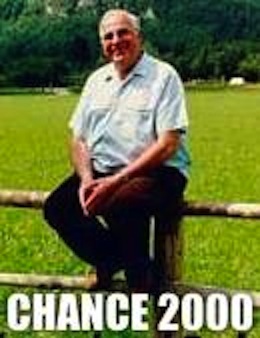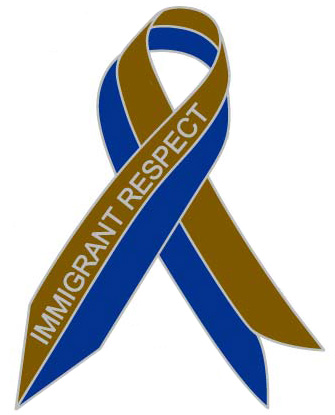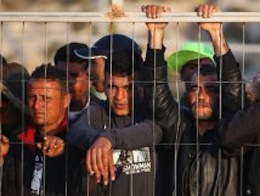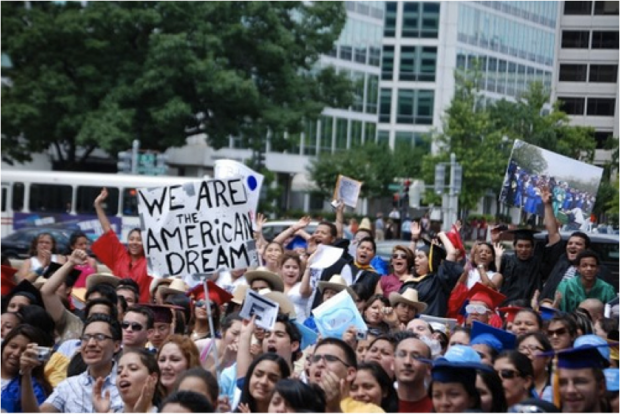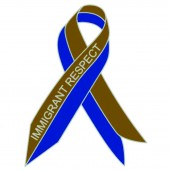
The Ghana ThinkTank
Developing the First World
Founded in 2006, the Ghana ThinkTank is a worldwide network of think tanks creating strategies to resolve local problems in the “developed” world. In our most recent project, we sent problems collected in Wales to think tanks in Ghana, Mexico, Serbia, Iran, and a group of incarcerated girls in the U.S. Prison system. The network began with think tanks from Ghana, Cuba and El Salvador, and has since expanded to include Serbia, Mexico and Ethiopia.
These think tanks analyze the problems and propose solutions, which we put into action back in the community where the problems originated – whether those solutions seem impractical or brilliant.
Some of these actions have produced workable solutions, but others have created intensely awkward situations, as we play out different cultures’ assumptions about each other.
It’s become a way to explore the friction caused by solutions that are generated in one context and applied elsewhere, while revealing the hidden assumptions that govern crosscultural interactions.
Link to Ghana Think Thank
